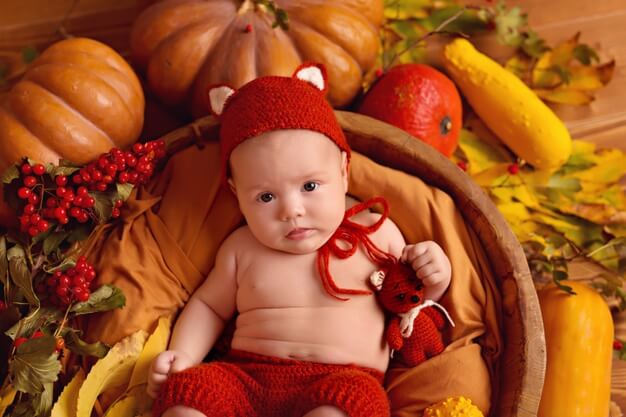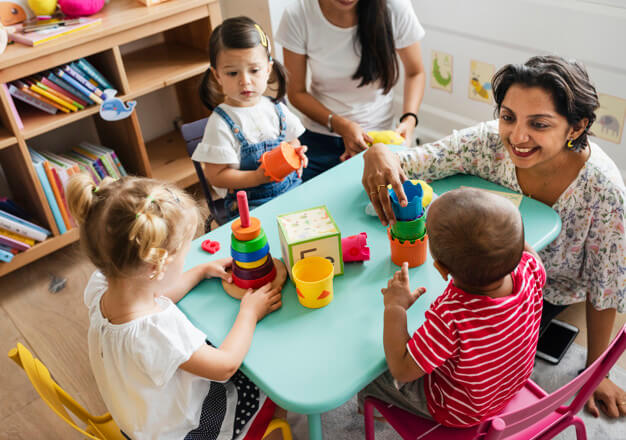Are you expecting to welcome a new member into your family? If so, then you should definitely prepare before they are here. One of the best ways to begin is by setting up your baby’s room. Giving it a good theme, setting a decent wallpaper, getting all the furniture plays a very important role when it comes to setting up nurseries. Not only that, you have to keep many other things in mind while getting it all done. We can help you with all of this with today’s post!
Read ahead to find out more!
Select the right theme for yourself
Before you set up your baby’s room, make sure to set up a theme. There are several ideas available on Pinterest and various other free apps that will open your mind, improve your creativity and actually help you decide what sort of theme you should go for your little one. However, make sure it isn’t too bright or shiny. You can keep the look of the room subtle and it will still look great!
Know what essentials you require:
Once you have got these things in place, you can get on with the rest such as design and styling.
Great wallpaper:
The first thing you need to do is begin with a good nursery wallpaper. A baby’s nursery could easily look a lot better if you get hold of a fun pattern and paper that fills up the entire room or maybe a single wall. Building on the pattern with great colors or art could improve the whole look of your baby’s room as well.
Get rid of all the clutter:
If there is a lot of stuff that you want to keep in the nursery, make sure to use closed storage. This helps to keep all the clutter far away. Shelves that come without doors look good but they can get messy if you pile them with a whole bunch of stuff. In this case, you can use a few baskets or boxes that will help your staff stay more organized.
Invest in the best baby change baskets:
A baby change basket is necessary if you are setting up a nursery for your little one. A great treasure basket can be kept in the middle of the circle so that your baby can reach inside it easily. Allow all of them to explore each item. There are several accessories available online to help style the treasure basket. Also, the best baby change baskets are available in several stores online. You can take a look at all, compare the prices and then make the final decision.
Educational toys in your baby’s nursery:
Having educational toys in your baby’s nursery is essential. You could hang a mobile on the crib so that your baby can play with it whenever he/she is bored. You can add some nursery rhymes and audio collections that will keep them happy. Those who invest in things like this tend to find more success in their relationship with kids more than others.
Use geometric patterns:
Using geometric patterns on the walls with some strong colors could be an amazing way to add some fun and spark to your baby’s room. This could be on the rug, the walls and so much more. Babies who are developing eyes will be more attracted to a contrast of high color. If you really want to highlight the appearance of your baby’s room, this could be a helpful tip!
Decorating your baby’s nursery:
Decorating your baby’s nursery doesn’t have to be boring. If you like finding the perfect set of curtains and bed sheets that match with the wall paint, this could actually be perfect for you. If decorating is not really your thing, don’t give yourself the pressure to create the best baby nursery. You can ask your friend to help you out or simply stick to the basics and your home will look somehow.
Test all the designs:
Finally, make sure to test all the designs with the help of a sample board. It will bring your wall, flooring, window, bedding, and samples together. It will help you play around with the options as well. Several baby nurseries are set up after a few trials and errors so be open to fun and some experimenting until you have achieved what you fully desire.
With that, we bring our post to an end. If you have liked reading our post, do let us know in the comment section below. Also, if there are questions you have in mind, drop them down. We would love to answer all your questions in detail!
Read Also:


























